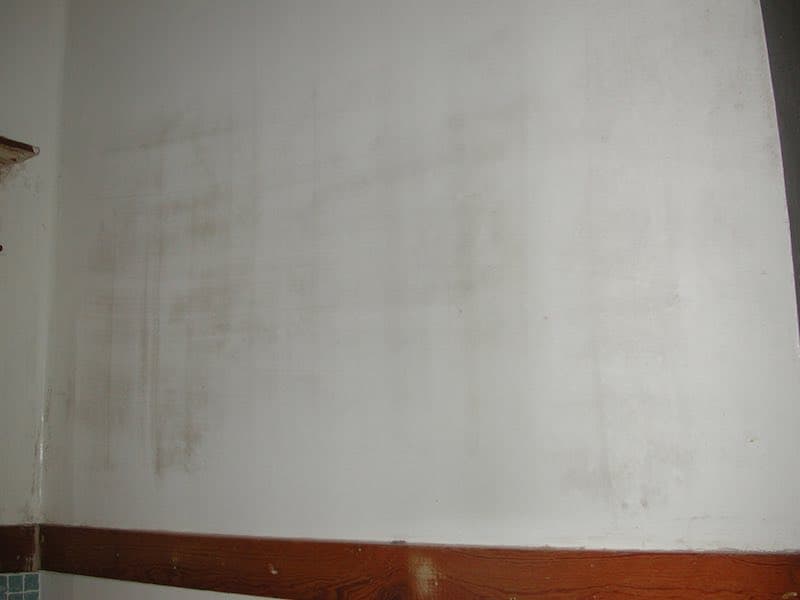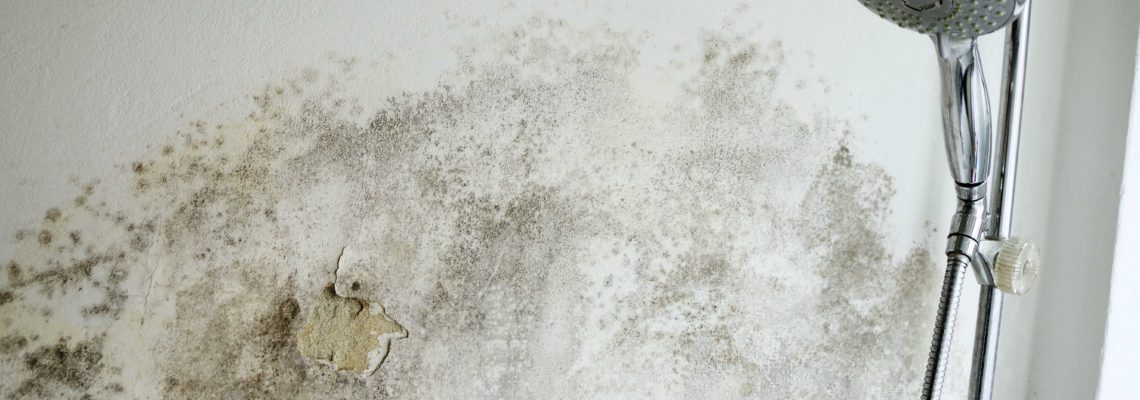The content following next pertaining to Indicators of Water Damage Behind Walls is extremely fascinating. Don't overlook it.

Water discolorations on wall surfaces are not pleasurable to the eyes. Often it seems practically inevitable to experience water spots on walls in homes.
Homeowners staying in humid regions continuously handle the worry of water discolorations on wall surfaces. That does not have to be the instance for you. With precise as well as all-around info on the causes of water discolorations and also punctual fixing procedures, you will certainly constantly be an action ahead of such incidents. So, this short article promises to be a handy guide for you.
3 Common Causes of Water Discolorations on Walls
Contrary to popular belief, water discolorations on wall surfaces do not constantly originate from poor building products. There are a number of reasons for water stains on walls. These consist of:
Poor Water drainage
This will prevent water from leaking into the wall surfaces. This links to extreme wetness that you observe on the walls of your structure.
The leading cause of damp wall surfaces, in this case, can be a bad water drainage system. It can also be because of bad monitoring of sewage pipelines that go through the structure.
Damp
When hot damp air consults with completely dry chilly air, it triggers water beads to base on the walls of buildings. This occurs in kitchens and bathrooms when there is vapor from cooking or showers. The water beads can tarnish the surrounding walls in these parts of your house and also spread to various other areas.
Moist or condensation affects the roofing and also walls of buildings. This triggers them to show up darker than various other locations of the home. When the wall is wet, it develops a suitable atmosphere for the growth of fungis and microorganisms. These may have unfavorable impacts on wellness, such as allergic reactions and respiratory system problems.
Pipe Leaks
Many houses have a network of water pipes within the walls. This makes sure that the pipelines are well away from the reach of damaging rats. It constantly raises the viability of such pipelines, as there is little oxygen within the walls. This dissuades rust.
Yet, a downside to this is that water leakage influences the wall surfaces of the building and creates prevalent damage. A dead giveaway of defective pipes is the look of a water stain on the wall.
Water Discolorations on Wall Surface: Repair Service Tips
Home owners would typically want a quick fix when dealing with water discolorations. Yet, they would soon realize this is disadvantageous as the water discolorations persist. So, right here are a few useful pointers that will assist you in the repair service of water discolorations on wall surfaces:
Pro Suggestion
A houseplant in your house likewise raises its humidity. So, if the house is currently humid, you may wish to introduce houseplants with very little transpiration. An example of ideal houseplants is succulents.
Conclusion
Although nobody intends to have water spots on walls in their residence, it can happen to the most effective people. This post offers you take advantage of, as you now recognize how to manage this mishap if it does happen.
It is constantly best to recruit expert solutions to help repair the problems in your home.
Often it appears virtually unavoidable to experience water spots on walls in homes.
In contrast to preferred belief, water spots on wall surfaces do not constantly stem from poor building products. There are several causes of water spots on wall surfaces. The water beads can stain the surrounding wall surfaces in these components of your home and spread to various other locations.
Below are a few valuable pointers that will guide you in the repair work of water spots on wall surfaces:
CHECKING FOR WATER DAMAGE
Water damage can be costly, and it may begin before you even notice the first signs of trouble. Water damage can cause mold and mildew in your walls and floors, which can create an abundance of health concerns for your family. It can also lead to costly repairs of various appliances and general home fixtures. To avoid the pricey consequences of water damage, here are Warner Service s top 5 places you should check:
The walls The easiest place to spot the beginnings of water damage is on the walls and ceilings of your home. If water damage is present, there will most likely be water stains, especially around the windows and doorframes, and/or cracks in the drywall. If a stain looks unusual (discolored to brown, black or gray, raised texture), has a swollen appearance or is soft to the touch, contact a professional immediately. The pipes To avoid water damage, consistently check the pipes in your kitchen (especially the dishwasher and ice maker), bathrooms, laundry room (specifically washing machines) and basement for corrosion, leaks and water stains. Pay special attention to where the pipes connect in your home and the location of caulking around the bathroom fixtures, including toilets, sinks, showers and tubs. Missing or loose caulking and grout could be signs of leaking water. This seepage can also quickly cause mold and rust, so double check your water heater and tank for wet spots on the floor. The floor Water damage is very easy to spot on the floor. Look for any warping or buckling of the material, especially in the basement. If your home has wood flooring, look for bright white or dark stains. If your home has carpeting, keep it dry and clean. A damp carpet that smells of mold could cause water damage and health problems. To avoid this, consider installing floor pans under your appliances to help prevent damages from small, slow and undetected leaks. The basement and attic If your basement or attic smells odd check for mold and mildew around the area, especially the valley where the roof meets. While you are inspecting those areas, check for wall cracks, floor stains, rust and dampness in the insulation. If you live in a colder and/or rainier climate, perform routine checks for water damage from melting snow or ice and rain. The exterior Check the roof for damaged flashing and missing, cracked or curled shingles. There should also be no standing water anywhere outside your home. This could be caused by puddles, leaky rain gutters or hoses, poor drainage, or short gutter spouts. Invest in a sump pump system or water flow monitoring system, and perform routine maintenance on these outdoor appliances to avoid indoor water damage.

We had been introduced to that report about How to Remove Water Stains from Walls and Ceilings from someone on another web page. Appreciated our write up? Please share it. Help others check it out. We appreciate reading our article about Water Stains on Walls.
Request An Estimate